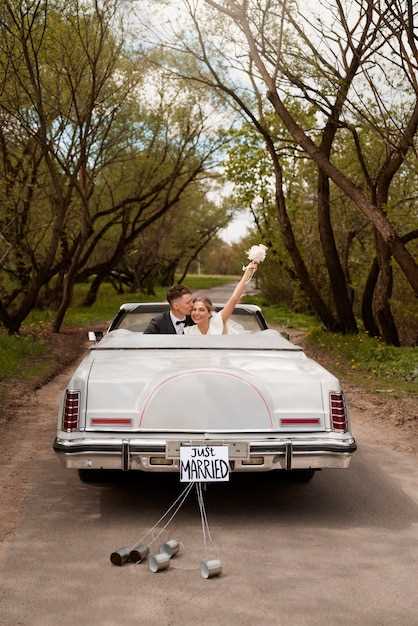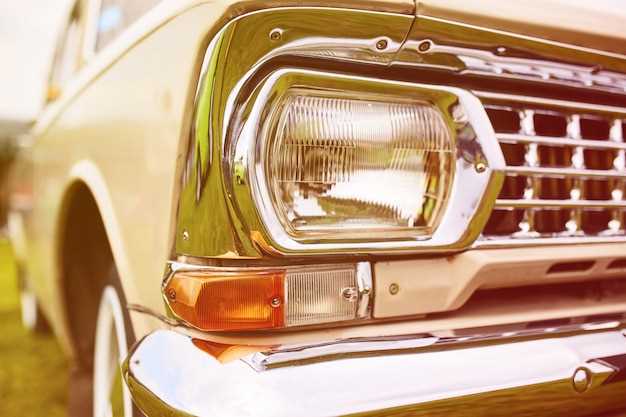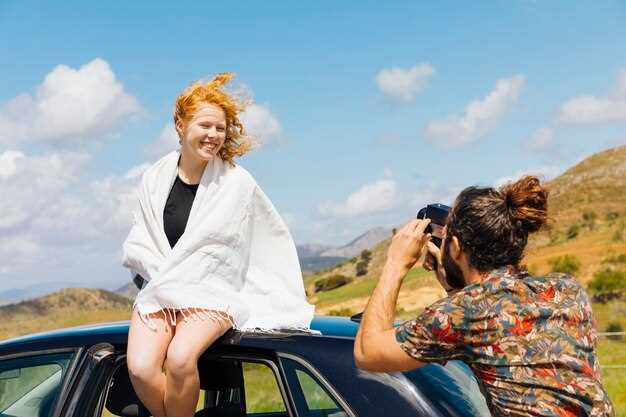
Capturing the essence of your classic car at shows is not just a matter of pointing and shooting; it involves a thoughtful approach to presentation and technique. Proper photography can elevate the appeal of your vehicle, showcasing its unique features and timeless design to enthusiasts and potential buyers alike.
Whether you’re aiming to create stunning images for social media, marketing materials, or personal memories, understanding how to photograph your car effectively is essential. In this article, we will explore practical tips and tricks that will help you highlight the beauty and character of your classic car in every shot.
From choosing the right angles to the importance of lighting, each element plays a crucial role in the overall impact of your photos. We’ll also discuss how to prepare your car for the show, ensuring it looks its best to complement your photography efforts. Discover how to make your classic car stand out in photographs, capturing the awe and admiration it deserves.
Photographing Your Classic Car at Shows: Tips and Tricks

Capturing the essence of your classic car at shows requires a mindful approach to photography and presentation. By applying the following tips and tricks, you can ensure that your vehicle stands out and is represented in the best light possible.
- Choose the Right Time of Day: Natural lighting plays a key role in photography. Early morning or late afternoon offers soft light, reducing shadows and glares, perfect for showcasing your car’s details.
- Find the Ideal Location: Look for clean backgrounds that won’t distract from your car. A simple backdrop, like a well-maintained landscape or a neutral wall, draws attention to the vehicle.
- Use Different Angles: Don’t settle for just one shot. Capture your car from various angles such as front, side, and rear to provide a comprehensive visual story.
- Focus on Details: Highlight unique features like badges, rims, or interior elements. Close-up shots can reveal craftsmanship and character.
- Utilize Props Sparingly: If using props, ensure they complement the car without overpowering it. Items like vintage suitcases or period-correct decor can enhance the presentation when used thoughtfully.
When preparing for the show, consider your car’s condition and presentation:
- Clean and Polish: Ensure your car is spotless. Wash, wax, and detail to make it look its absolute best.
- Arrange the Interior: If you’re capturing interior shots, declutter. Remove personal items and ensure the interior is tidy and inviting.
- Consistent Branding: If representing a club or a brand, have appropriate signage that integrates seamlessly with your car’s presentation, adding context to your photography.
Lastly, engage with your audience:
- Interact and Share: Don’t hesitate to share your photography on social media platforms. Engaging with fellow enthusiasts can provide valuable feedback and increase exposure.
- Monitor Your Setup: Keep an eye on your environment. Ensure spectators and distractions are minimized during your photography session.
By focusing on these tips and tricks for photography and presentation, you can effectively showcase your classic car at shows, capturing its beauty and spirit while creating lasting memories.
Choosing the Right Time and Location for Car Photography
Timing and location are essential elements for capturing the perfect photograph of your classic car. To present your vehicle in the best light, consider visiting shows during the golden hours–early morning or late afternoon–when the sun is low and casts a warm, soft glow. This natural lighting can enhance the curves and intricate details of your car, making it stand out in your photography.
Selecting the right location is equally important. Look for areas with minimal distractions that complement your vehicle’s aesthetics. Scenic backdrops, such as historical sites, nature parks, or urban streets with interesting architecture, can elevate your car’s presentation. Ensure that the location provides enough space to maneuver and find the ideal angles without obstructions.
Additionally, visiting shows during peak events can offer dynamic backgrounds with other classic cars, giving a sense of community and celebration. However, be cautious of crowds; too many people can detract from your photographs. If the show allows, consider shooting early before the crowds arrive or during quieter moments.
Finally, keeping an eye on weather conditions can make a significant difference. Overcast days can produce softer lighting, which may work in your favor, while rainy days can create unique reflections and textures. Always be prepared to adjust your plans based on the weather forecast to achieve the best results in your photography.
Optimal Camera Settings for Capturing Classic Cars
To enhance the presentation of classic cars during photography, selecting the right camera settings is crucial. Begin with adjusting the ISO setting based on the lighting conditions of the show. In bright daylight, an ISO of 100 to 200 is ideal, as it reduces noise and ensures crisp images. In lower light situations, you may need to increase the ISO to 400 or 800, but be cautious of potential graininess.
Aperture settings also play a pivotal role in achieving the best results. A wide aperture (like f/2.8 or f/4) can create a shallow depth of field, effectively blurring the background and highlighting the classic car’s details. Conversely, if you want to capture the entire scene, use a narrower aperture (such as f/8 or f/11) to ensure a greater depth of field.
Shutter speed should be adjusted according to the action and conditions. For static displays, a shutter speed of around 1/125s is generally sufficient. However, if capturing cars in motion, you might need faster speeds like 1/500s or more to freeze the action effectively.
Another essential factor is white balance. Setting the correct white balance ensures that the colors of the classic car are accurately represented. For outdoor photography, a daylight setting often works best, while an artificial light setting may be necessary indoors.
Finally, utilizing focus settings can enhance the photography experience. Autofocus can be effective, but switching to manual focus gives you more control over the composition, especially in crowded environments where distractions can affect the focus.
Composing Stunning Shots: Angles and Perspectives

When photographing your classic car at shows, angle and perspective play a crucial role in enhancing the overall presentation of the vehicle. Utilizing various lenses and viewpoints can transform a standard shot into a captivating image that truly highlights the car’s unique features.
Begin by experimenting with different angles. A low angle shot can emphasize the car’s sleek lines and aggressive stance, making it appear more powerful and dynamic. Conversely, a high angle can provide a comprehensive view of the car’s layout and intricate details, perfect for showcasing the craftsmanship involved in its design.
Additionally, try capturing the car from a three-quarter perspective. This angle provides depth, allowing for a good view of both the front and side of the vehicle. It often conveys a sense of motion and brings attention to the car’s profile, enhancing its visual appeal.
Utilize leading lines in your composition to draw the viewer’s eye to the car. This can be achieved by positioning the vehicle near paths, roads, or natural lines in the environment. The contrast between the car and its surroundings can also amplify its vibrancy during the shoot, making it stand out even more.
Consider reflections and textures in your presentation. Shooting near reflective surfaces, such as water or glass, can add an artistic layer to your photographs. Textures of the car’s bodywork and the surrounding environment can bring depth and emotion to your images, making them more engaging.
Lastly, don’t shy away from playfully altering your perspective by getting creatively close-up with details like chrome accents, tires, or interior elements. This approach can produce striking visuals that showcase the artistry of your classic car, appealing to both enthusiasts and casual viewers alike.
